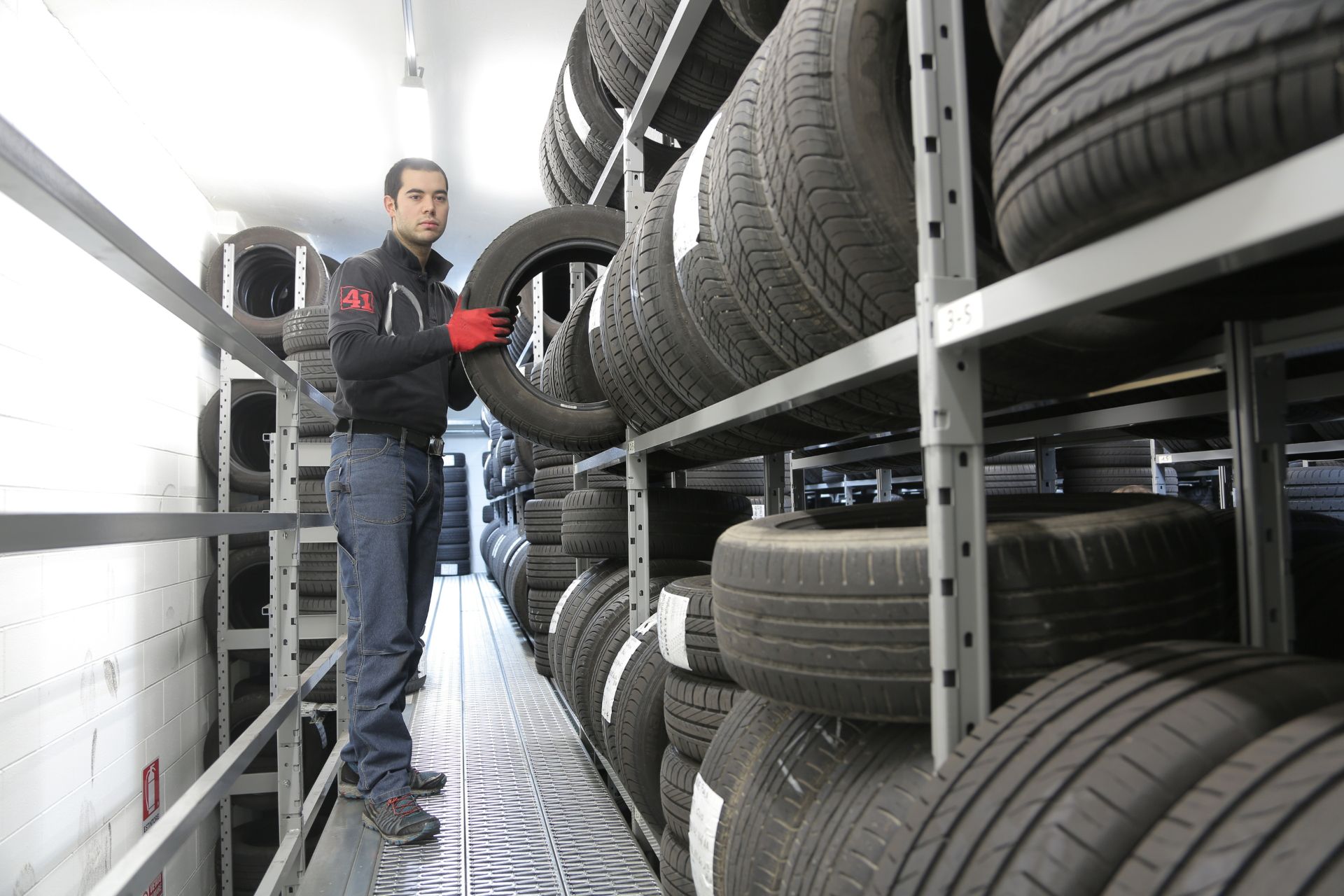Proper tire maintenance is crucial for vehicle safety, performance, and longevity. One aspect often overlooked by vehicle owners is seasonal tire storage. Whether you switch between winter and summer tires or use all-season tires and rotate them throughout the year, storing your off-season tires correctly can prevent damage, preserve tread life, and save you money. This guide covers everything you need to know about off-season tire care.
Understanding the Importance of Seasonal Tire Storage
Tires are made of rubber compounds that can degrade if exposed to improper conditions. Sunlight, heat, moisture, and pressure can all accelerate the aging process, even when tires are not in use. Storing tires correctly ensures they remain in optimal condition until the next season. Poor storage can lead to cracks, dry rot, flat spots, and even unsafe driving conditions when the tires are put back on your vehicle. Investing time in proper seasonal tire storage is an investment in your safety and the lifespan of your tires.
Preparing Tires for Storage
Before storing tires, it is essential to clean and inspect them. Remove dirt, road grime, and brake dust using mild soap and water. Avoid harsh chemicals or petroleum-based cleaners, as they can damage the rubber. Once clean, allow tires to dry completely to prevent moisture from causing mould or corrosion.
Inspect each tire for visible damage such as cuts, punctures, or cracks. Also, check the tread depth. Tires that are already worn may not be worth storing for the next season. If you notice any serious damage, consult a professional to determine if the tire should be replaced.
Choosing the Right Storage Environment
The storage environment plays a significant role in preserving tires during the off-season. Tires should be stored in a cool, dry place away from direct sunlight and sources of heat such as furnaces, water heaters, or electrical equipment. Excessive heat can accelerate the breakdown of rubber compounds, while sunlight and ultraviolet rays can cause fading and cracking.
Avoid storing tires near solvents, fuels, or chemicals that can react with rubber. Garages, basements, or climate-controlled storage units are ideal locations. Ensure the area has good ventilation to prevent moisture buildup, which can lead to mould or corrosion on the metal parts of tires with rims.
Storing Tires on Rims vs. Off Rims
How you store your tires depends on whether they are mounted on rims.
Tires on Rims
If your tires are already mounted on rims, store them inflated to the recommended pressure and stack them horizontally. Avoid stacking them too high to prevent deformation. Rotating the stack occasionally can also help prevent flat spots. Hanging tires on a tire rack is another effective option if you have the appropriate support system.
Tires Off Rims
For tires not mounted on rims, store them vertically in an upright position. This prevents them from losing their shape and developing flat spots. Consider using tire storage bags to protect them from dust, dirt, and sunlight. Avoid stacking tires off rims for long periods, as the weight can cause permanent deformation.
Protecting Tires with Storage Bags or Covers
Using proper storage bags or covers is a simple yet effective way to extend tire life. Tire storage bags protect tires from dust, dirt, moisture, and ultraviolet light. Choose bags specifically designed for tire storage, and make sure they are sealed tightly. Avoid using regular plastic bags, as they can trap moisture and cause damage over time.
In addition to bags, you can use tire covers for added protection, especially if you have limited control over environmental factors in your storage space. Covers should be made from breathable material to prevent condensation buildup.
Rotating Tires Before Storage
If you use the same set of tires for multiple seasons, rotating them before storage is a good practice. Tire rotation ensures even wear and can help maintain consistent performance. Mark the tires so you know which position they came from, making it easier to reinstall them correctly for the next season.
Regular Checks During Storage
Even when stored properly, tires should be checked periodically. Inspect for signs of cracking, dry rot, or damage. Ensure the storage area remains dry and free of pests or rodents, which can sometimes damage rubber materials. If you notice any issues, address them promptly to prevent further deterioration.
Avoiding Common Storage Mistakes
Many vehicle owners unknowingly make mistakes that shorten tire life during off-season storage. Avoid the following:
- Storing tires in direct sunlight or near heat sources.
- Stacking off-rim tires for long periods without support.
- Storing tires on uneven or rough surfaces.
- Using regular plastic bags that trap moisture.
- Ignoring signs of tire damage or wear before storage.
By avoiding these common errors, you can ensure your tires remain safe, durable, and ready for the next season.
When to Seek Professional Help
If you are unsure about how to store your tires or notice damage during inspection, it is wise to consult a professional. Tire specialists can provide advice on cleaning, inspection, and proper storage techniques. They may also offer seasonal tire storage services that keep your tires in optimal condition while off your vehicle.
Benefits of Proper Seasonal Tire Storage
Investing time and effort in seasonal tire storage has multiple benefits. It extends the lifespan of your tires, maintains safety, prevents costly damage, and ensures optimal performance when they are back on the road. Properly stored tires are less likely to suffer from cracks, dry rot, or deformation, which can compromise your vehicle’s handling and safety.
Final Words
Seasonal tire storage is a critical part of vehicle maintenance that often gets overlooked. By cleaning, inspecting, and storing tires in a cool, dry, and protected environment, you can significantly extend their life and performance. Using proper techniques for tires on or off rims, rotating them before storage, and checking periodically will ensure they remain in top condition. Avoid common mistakes, and don’t hesitate to consult professionals if needed. Taking these steps ensures that when the next season arrives, your tires are ready for safe and reliable driving.
For professional seasonal tire storage and care services in Richmond Hill and across the GTA, contact TrilliTires to help you keep your tires in peak condition all year round.

